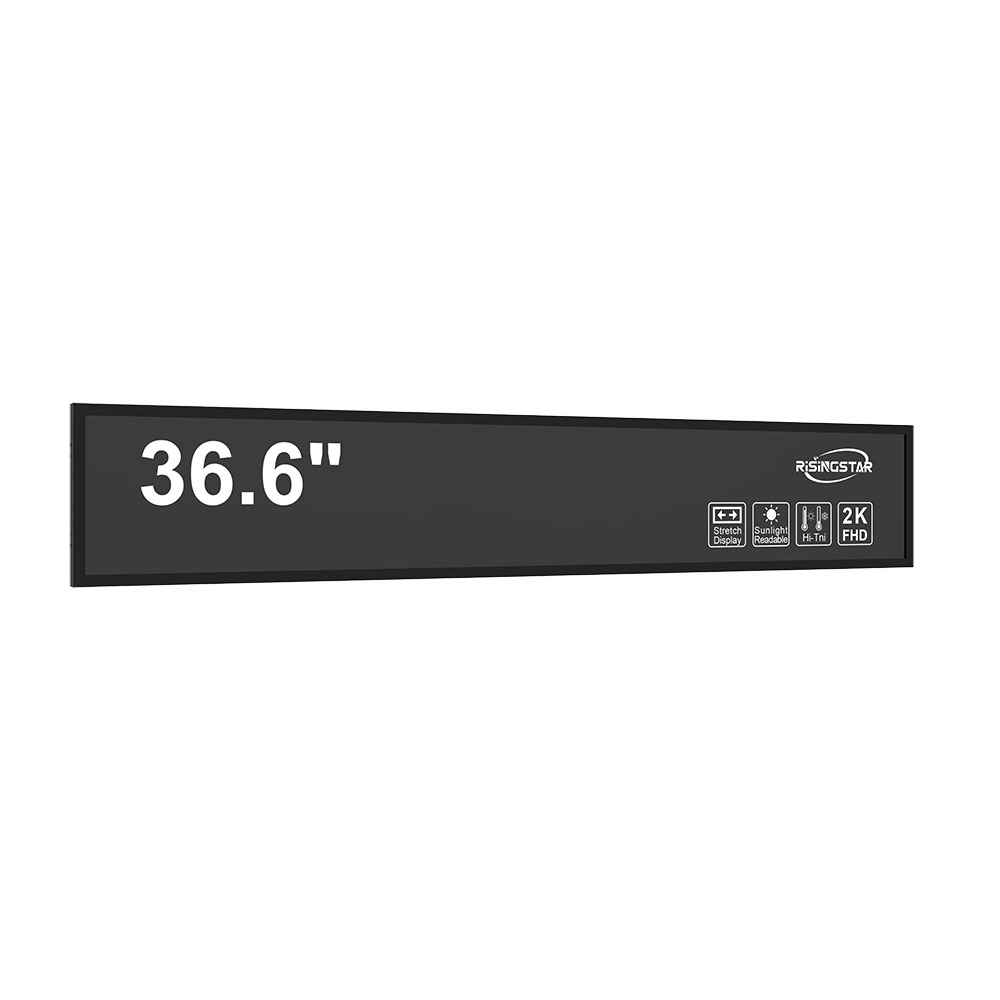- Home
- About Us
- Products
- News
- Video
- Contact
- Send Inquiry
Search
- Home
- About Us
- Products
- News
- Video
- Contact
- Send Inquiry

The standing touch screen monitor has emerged as a critical solution in modern industrial, commercial, and public-facing environments where durability, visibility, and interactivity are paramount. Unlike traditional flat-panel displays mounted on desks or walls, standing touch screen monitors—often referred to as kiosk-style or freestanding touch displays—are engineered for high-brightness operation under direct sunlight, robust construction, and long-term reliability in demanding conditions. These monitors are increasingly adopted across sectors such as retail, healthcare, transportation, manufacturing, and government services due to their ability to provide intuitive user interaction while withstanding harsh environments.
A key differentiator of a standing touch screen monitor is its brightness output, typically ranging from 1500 to 5000 nits (cd/m²), far exceeding standard indoor displays that average 250–500 nits. This high luminance ensures legibility even under full sunlight exposure—a necessity for outdoor kiosks, ticketing systems, or information terminals in airports and train stations. For example, the widely used Sunlight Readable LCDs by manufacturers like ELO Touch Systems and LG Display meet MIL-STD-810G shock and vibration standards, making them suitable for mobile command units or vehicle-mounted applications in defense and emergency response.

In addition to brightness, these monitors often feature ruggedized aluminum enclosures, anti-glare coatings, and IP65-rated ingress protection against dust and water. They commonly support multi-touch gestures (such as pinch-to-zoom, swipe, and tap), enabling seamless navigation in self-service scenarios like interactive wayfinding, digital signage, or point-of-sale (POS) systems. The integration of capacitive or infrared (IR) touch technologies ensures responsiveness even when users wear gloves—a common requirement in food service, warehouse operations, or medical settings.
Recent advancements have also seen the adoption of OLED and LED-backlit panels in standing touch screens, offering improved contrast ratios and wider viewing angles. For instance, a case study conducted by Siemens in 2023 showed that using a 42-inch standing touch screen monitor in a factory control room reduced operator error by 27% compared to conventional GUI interfaces. Similarly, a hospital in Singapore implemented a fleet of 30-inch standing touch monitors for patient check-in, leading to a 40% reduction in front-desk wait times.
From an installation perspective, many models come with VESA mount compatibility or adjustable tilt mechanisms, allowing for optimal viewing angles in both indoor and outdoor setups. Some units include built-in fanless cooling systems to prevent overheating in enclosed spaces—critical for use in solar-powered kiosks or embedded systems.

Manufacturers now emphasize energy efficiency, with some models achieving Energy Star certification and low-power consumption (<50W), which aligns with global sustainability goals. Moreover, compliance with RoHS and CE regulations ensures safe deployment across international markets.
In summary, the standing touch screen monitor represents a convergence of human-centered design, industrial-grade performance, and smart technology. As industries continue to digitize operations and enhance customer experience through interactive touchpoints, this form factor will remain indispensable—not just as a display, but as a functional interface for mission-critical environments worldwide.